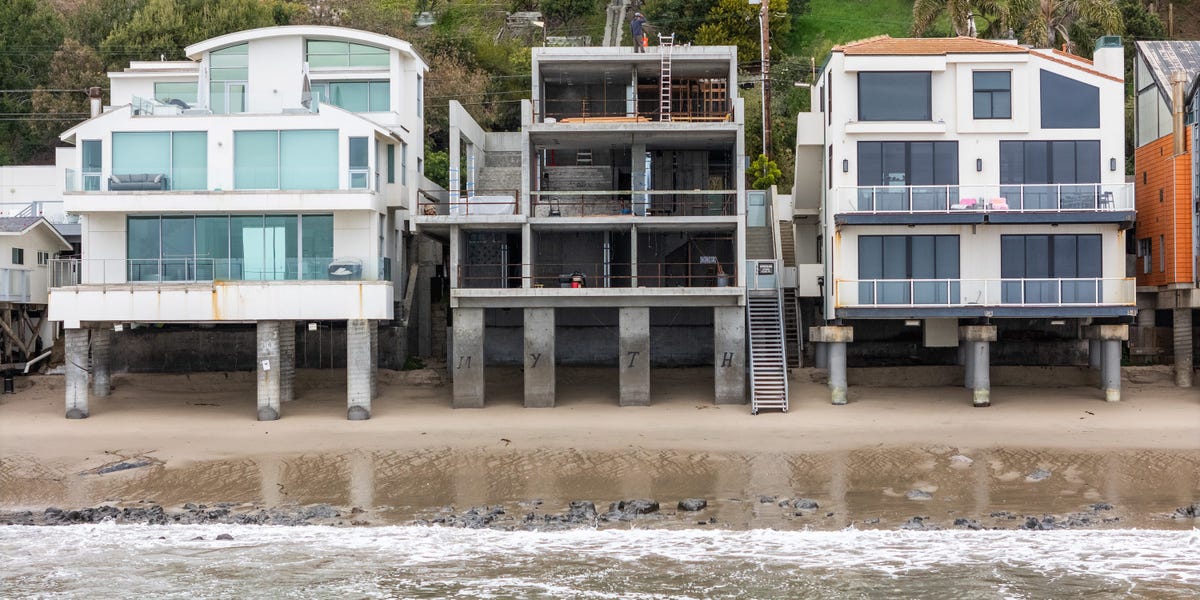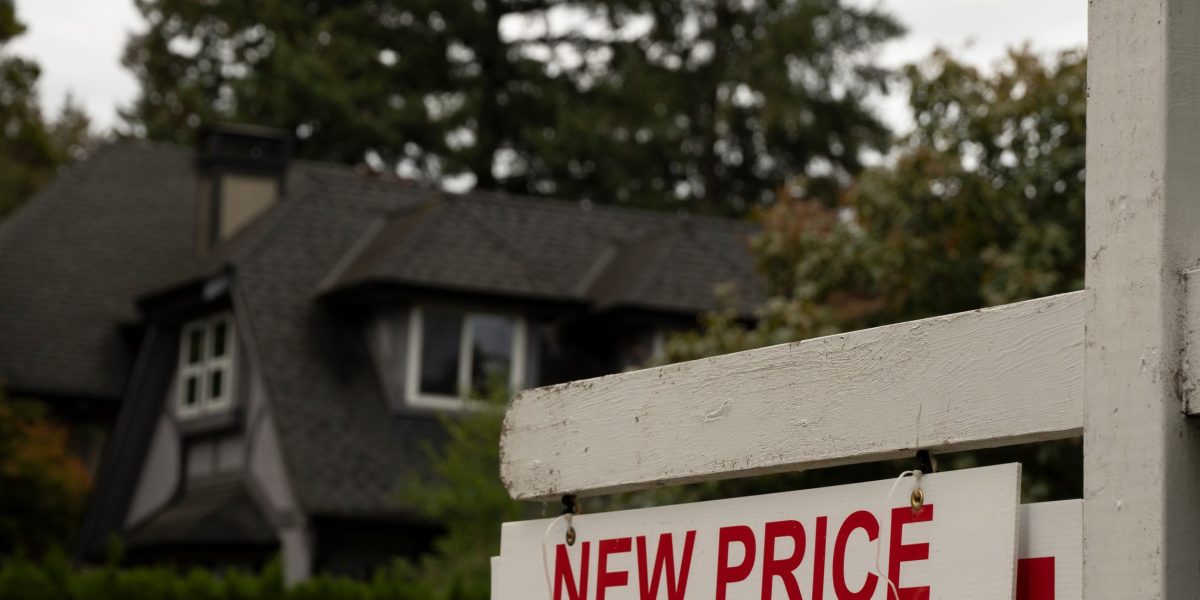T
he life sciences sector is facing a perfect storm of uncertainty, courtesy of the Trump administration's overhaul of the National Institutes of Health (NIH). The NIH's drastic changes have sent shockwaves through the medical research community, with hundreds of millions in approved grants being canceled and thousands of employees laid off. This seismic shift has left the life sciences real estate industry reeling, with a surplus of vacant laboratory space and a slowdown in new deals.
The NIH's consolidation efforts aim to increase efficiency, but they're having an unintended consequence: diminishing research funding opportunities. This is particularly concerning for early-stage startups, whose livelihoods are tied to government grants. The U.S. Food and Drug Administration has also cut staff, which could lead to longer wait times for drug and device approvals, further exacerbating the uncertainty.
The proposed 15 percent rule, which would limit reimbursements through NIH grants for indirect expenses, has been temporarily blocked by a federal judge. However, if enacted, it could significantly mute demand from public institutions for life sciences space, leaving vacant buildings to either be leased up or repurposed as office space.
Despite the uncertainty, many private universities have endowment and fundraising capabilities that will allow them to continue their research endeavors. This is good news for landlords specializing in university buildings proximal to campuses, which are more likely to be impacted long-term by NIH changes.
However, even if a landlord leases to public tenants impacted by the NIH, the lease length may act as a buffer for the property's owner. Long-term leases can provide stability and security, allowing owners to weather the storm of uncertainty.
The life sciences sector is not without its silver linings. The abundance of supply means more options for tenants, who can now be strategic about their growth and take advantage of increased concessions from landlords. This slowdown has given tenants the opportunity to reassess their space needs and make smarter decisions about their business.
Industry experts remain optimistic about the future of life sciences real estate, citing the United States' life sciences prowess, the long-term nature of laboratory leases, and the variety of life sciences tenants as reasons for hope. Even if a landlord leases to public tenants impacted by the NIH, the lease length can provide stability and security.
The sector's resiliency is also bred by the kinds of tenants that can operate within a life sciences-designated building. These buildings can handle labs, incubators, and accelerators of all sizes, providing a range of innovation options for owners. Recent months have seen new leases signed in life sciences real estate, with some landlords reporting increased interest from startups and institutions.
As one industry expert noted, "I'm pretty confident that people are still going to invest and bet on Boston when it comes to science." The gap between supply and demand may reconcile within the next year or two, and many experts remain hugely optimistic about the future of life sciences real estate.














